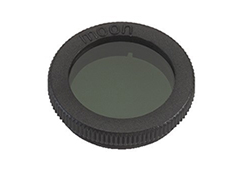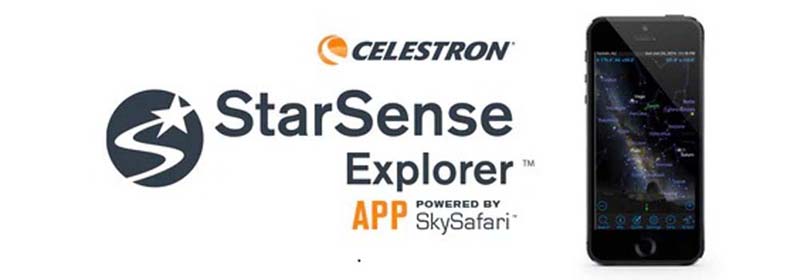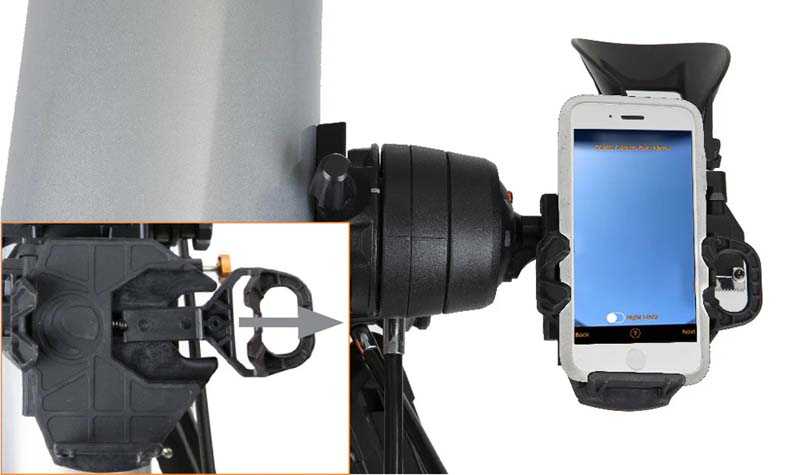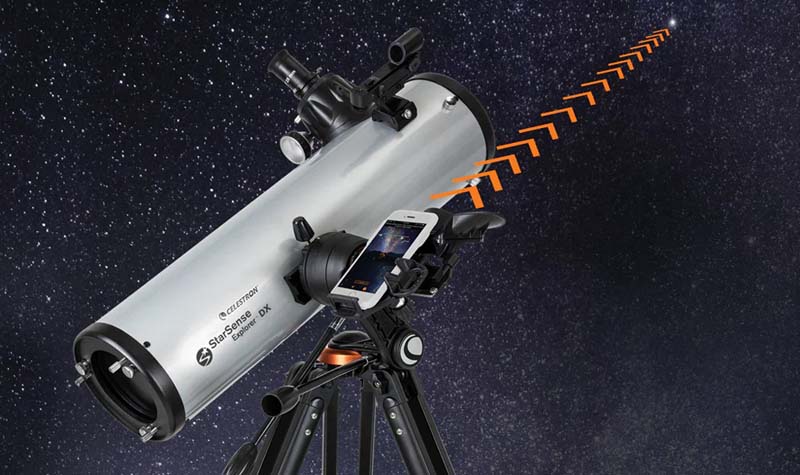
01525 715356
Ref: 55555555555594
Free Next Day Delivery
£37.00
(Including VAT at 20%)
Ref: 55555555556094365
Free Next Day Delivery
£14.99
(Including VAT at 20%)
Ref: 5555555555609149
Free Next Day Delivery
£58.99
(Including VAT at 20%)




